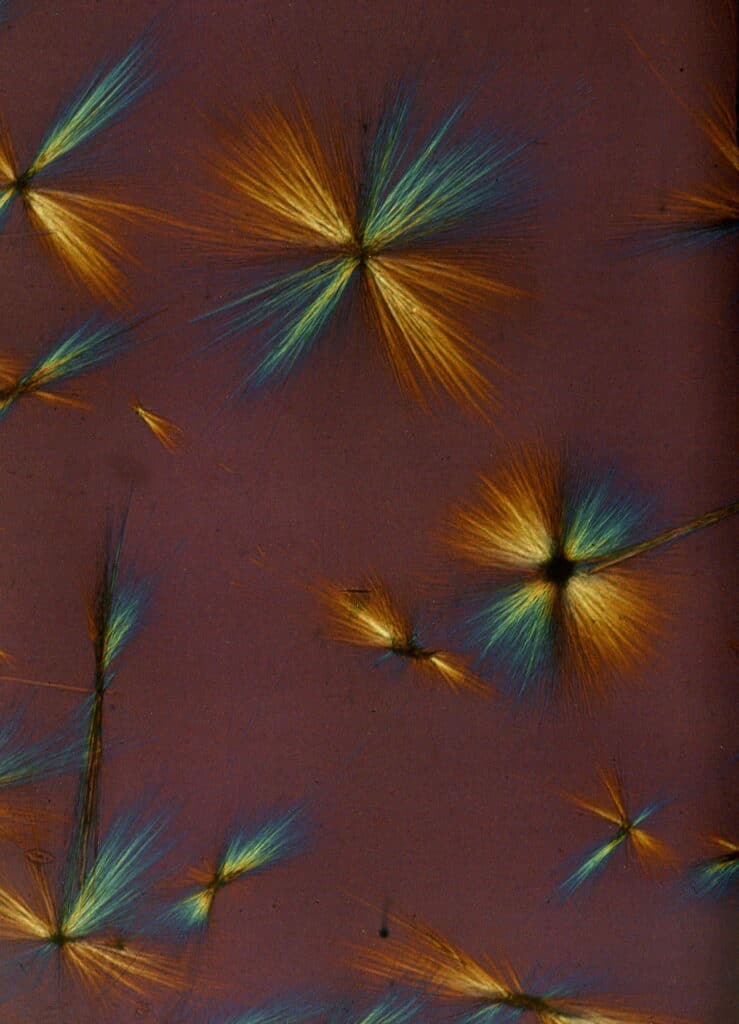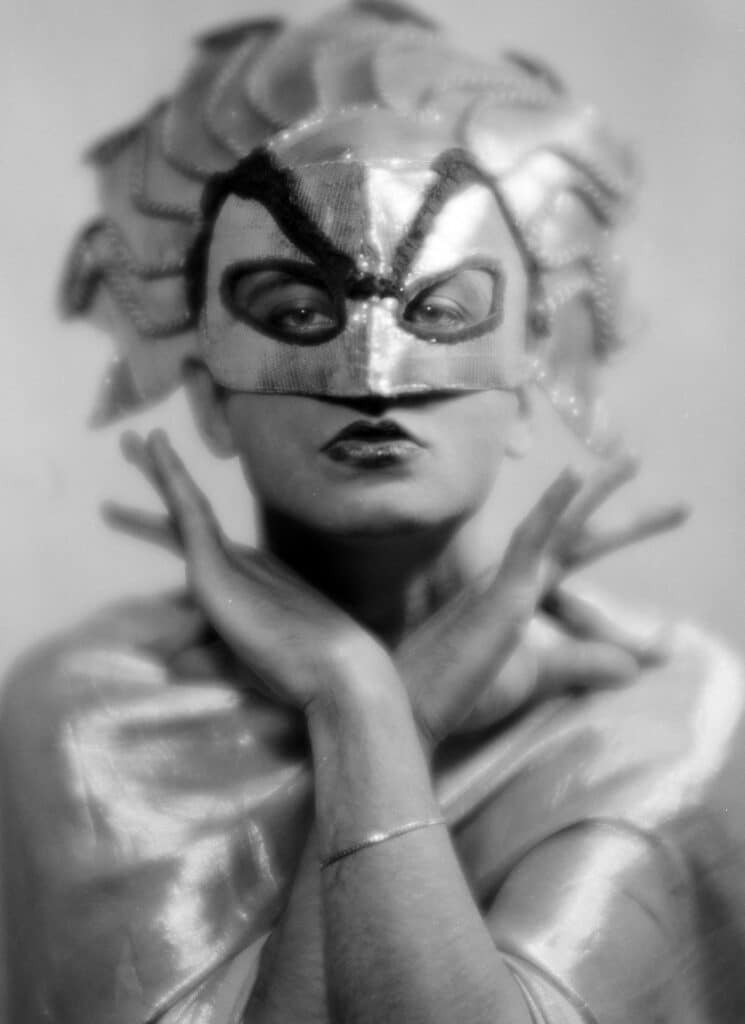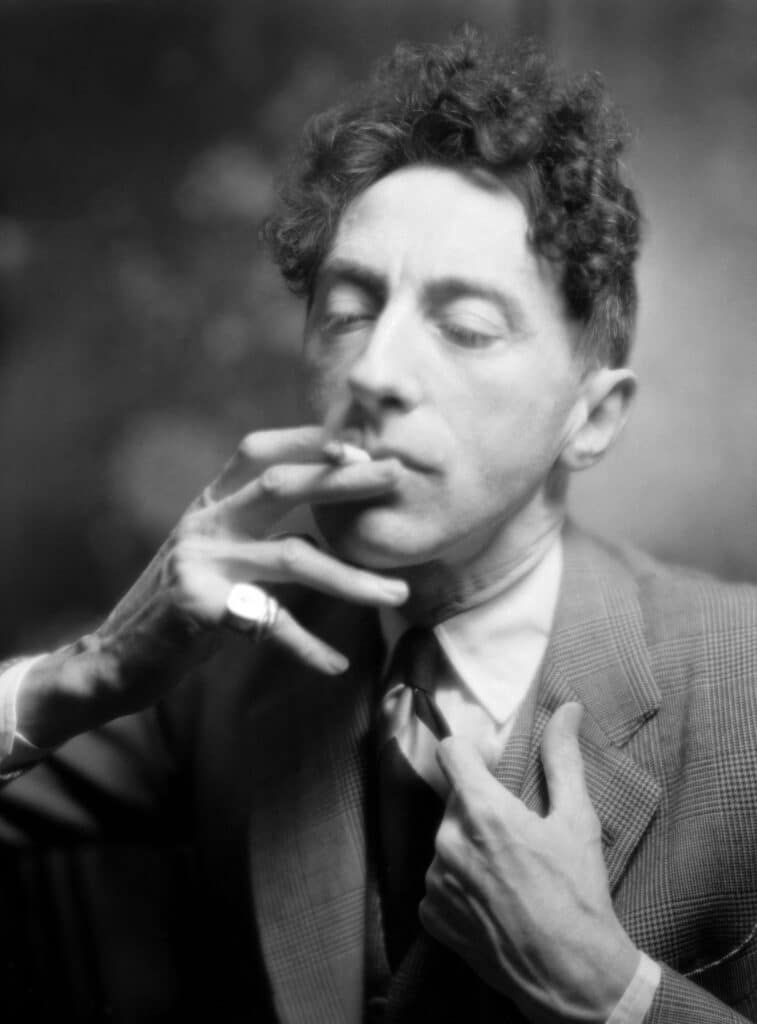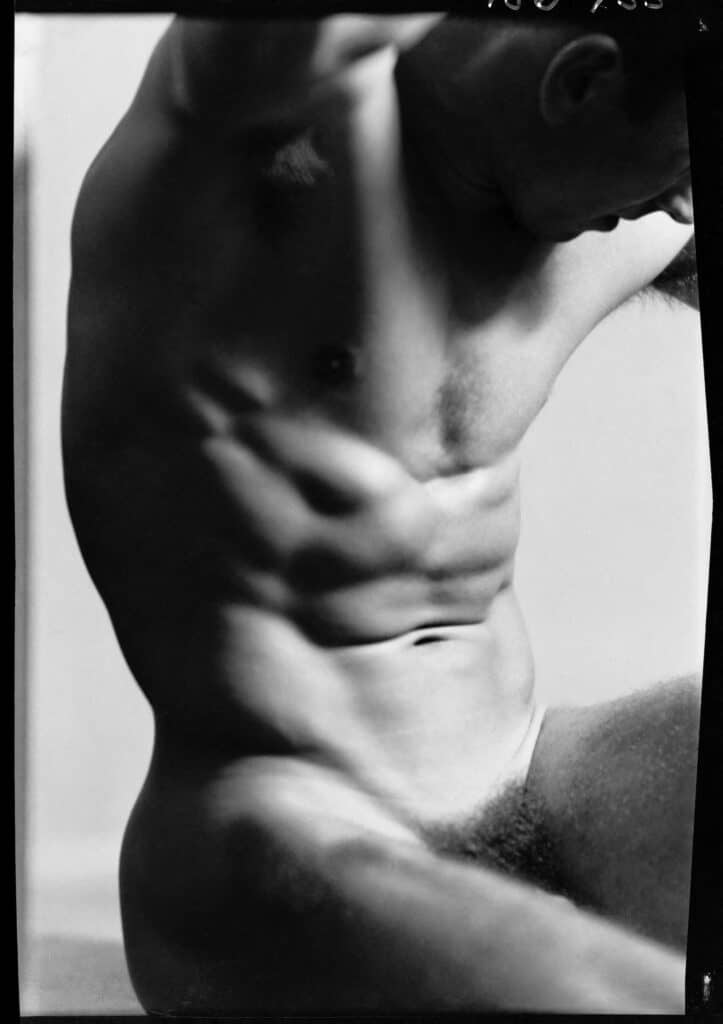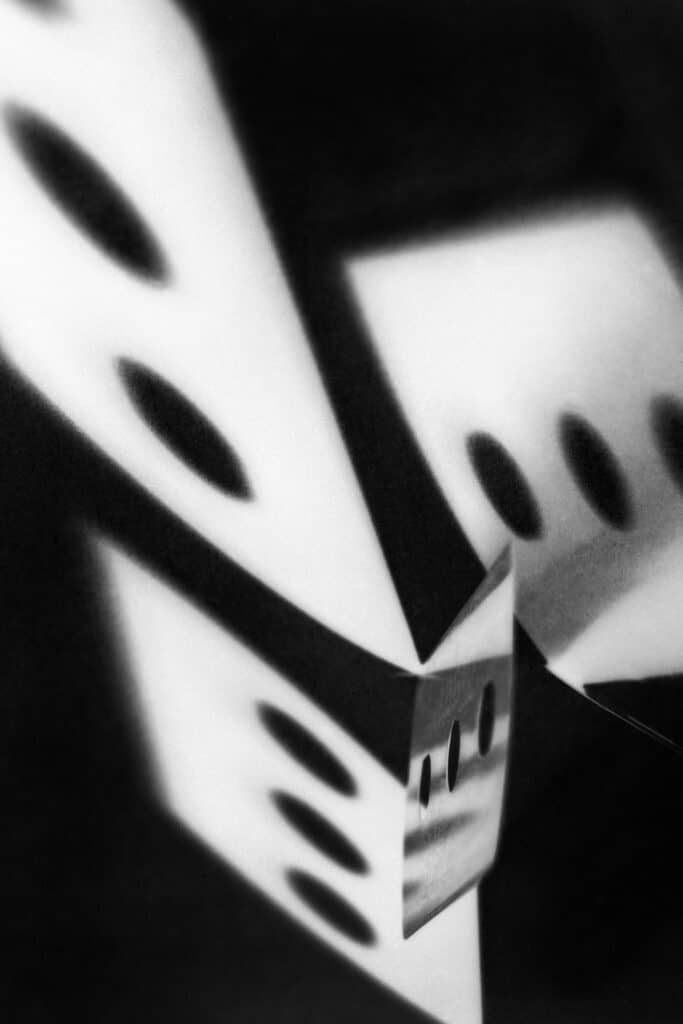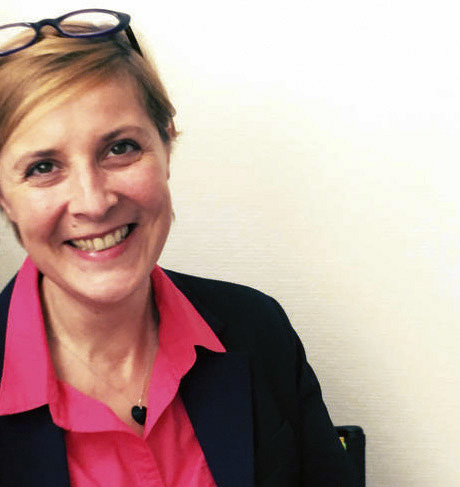Committed to making her collection known to as many people as possible, the Roger-Viollet agency offers a journey through the work of Laure Albin Guillot. Her collection, preserved by the Bibliothèque Historique de la Ville de Paris (BHVP), is exhibited exclusively by the Galerie Roger-Viollet. Laure Albin Guillot is undoubtedly less known today than in the 1920s to 1950s when she was active. She practiced photography, as we understand it, in a great diversity of approaches: male or female nudes, portraits of cultural personalities or anonymous people, still life, landscapes, etc. Like most of her contemporaries, Laure Albin Guillot worked in many sectors: fashion, advertisement, which at the time was in full swing, the press, publishing, and even decorative art.
As of 1928, she participated in exhibitions at the Independent Salon of Photography alongside Germaine Krull, Man Ray and André Kertész. However, Laure Albin Guillot owes her fame to what she called “micrographs,” or shots of the infinitely small combination of art and science displayed in the exhibition. To prove that she conceived photography as an art, she practiced autochrome or made prints on specialized supports, augmenting the relief of her motifs. Laure Albin Guillot was also the author of Photographie Publicitaire (1933), an academic piece in which she praised the merits of images, explaining, for example, that advertisements can do without text because, according to her, the image says it all.
In the 1930s, photographers experimented a lot, while shooting and in the darkroom, on the image of the New Vision movement that brought together a whole generation of creators, including Herbert Bayer, François Kollar or László Moholy-Nagy. Laure Albin Guillot worked on light with the kind of elegance the exhibition’s title refers to. But she also relied on daring framing, relentlessly focusing on the body’s details: the hands, feet, or torsos like the male nudes she created around 1935-1940, which were epoch-making. In Jean Cocteau’s portrait, he does not look static, nor is he staring at the lens. On the contrary, she portrayed him in a familiar gesture to better transcribe his personality.
Nature was another point of interest for her. Laure Albin Guillot drew patterns later used for wallpapers or pieces of furniture, like lamps or lampshades. Her studio – on boulevard Beauséjour in the 16th arrondissement of Paris – was her favorite domain, but she also photographed landscapes, ensembles of trees and small businesses in Paris. Her diverse works, which could be described as the works “of an artist,” are printed in few copies. Laure Albin Guillot was a member of the French Society of Photography (SFP) and the Society of Artist Photographers (SAP) and later became the director of the photographic archives of the Beaux-Arts of Paris (future Ministry of Culture). She was an accomplished professional.
Laure Albin Guillot, “An Elegant Glance” from October 6, 2022, to January 14, 2023
Galerie Roger-Viollet, 6, rue de Seine, 75006 Paris – galerierogerviollet.fr

